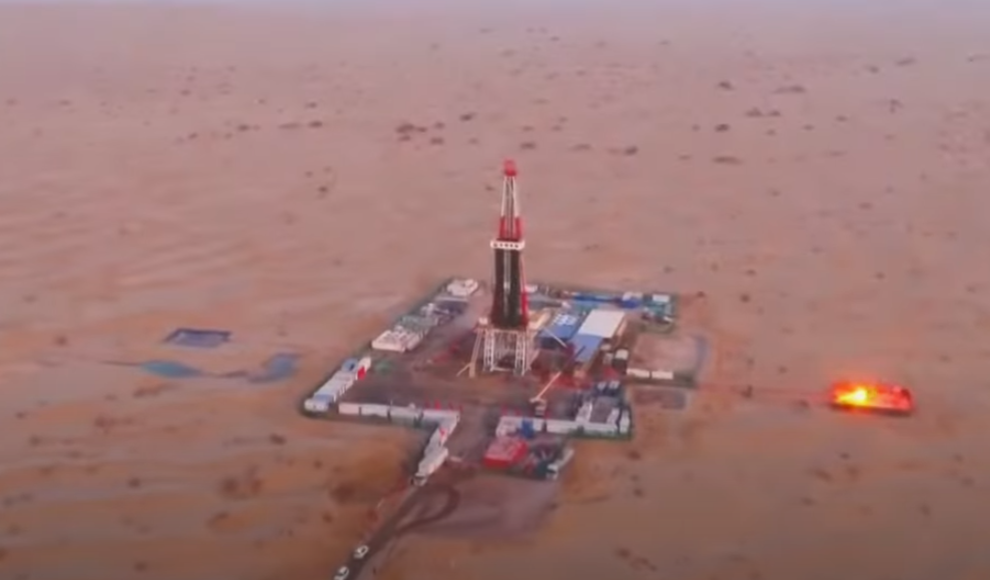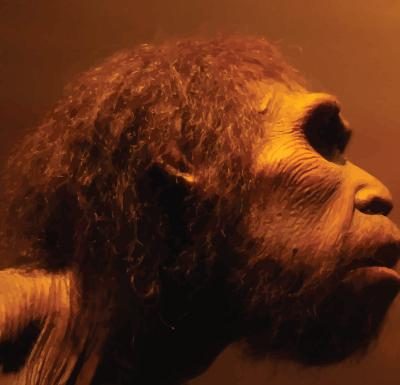China has begun drilling a 10,000-meter-deep hole in the oil-rich region of Xinjiang, reaching rock from the Cretaceous period that spent about 145 million years beneath the Earth’s surface. President Xi Jinping announced in 2021 that China would explore deeper layers of the Earth to find new mineral and energy resources and better predict earthquakes and volcanic eruptions. According to Bloomberg, Chinese scientists have now started drilling the hole in Xinjiang, northwest China. The drilling will penetrate ten continental rock layers, reaching rock from the Cretaceous period that spent about 145 million years beneath the Earth’s surface.
The project is highly complex, according to scientist Sun Jinsheng, who compared it to a truck driving on two thin steel cables. Despite this, the drill only scratches the Earth’s crust, which extends between 30 and 60 kilometers into the Earth until the mantle begins. The deepest human drilling to date occurred on the Russian Kola Peninsula, where a depth of 12,262 meters was reached in 1989. The longest drilling occurred in 2008 as part of the Sakhalin I project in Russia, with a borehole length of 12,345 meters, primarily for oil and gas production.
While China’s drilling project aims to find new resources and improve earthquake and volcanic eruption predictions, a start-up called Quaise, a spin-off from the Massachusetts Institute of Technology (MIT), plans to drill 20,000 meters into the Earth in 2022 to make geothermal energy usable for electricity production. China’s drilling project is a significant step towards exploring deeper layers of the Earth, and it will be interesting to see what new discoveries it yields.










